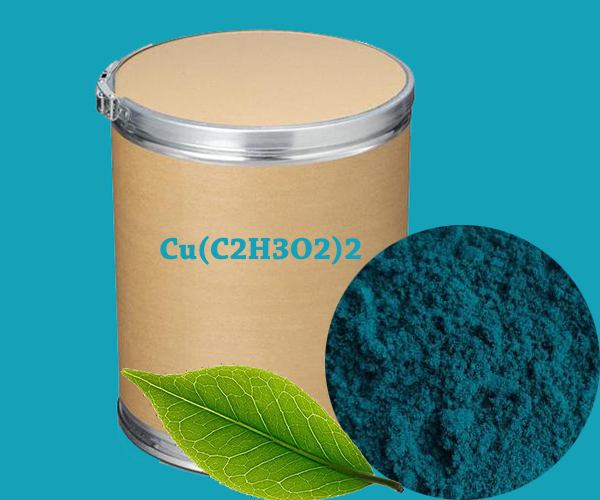Copper (II) Acetate, also referred to as cupric acetate, is an important chemical compound utilized in various industrial and experimental applications. This compound is identified by its bright blue or green crystalline appearance and is often used in the synthesis of other copper-containing compounds. Its chemical formula is Cu(C2H3O2)2.
Properties
Molecular formula : Cu2(CH3COO)4
Molar mass : 199.65 g/mol
Appearance : Dark green crystalline solid
Density : 1.88 g/mL
Melting point : 115 °C (388 K)
Boiling point : 240 °C (513 K)
Solubility in other solvents : 7.2 g/100 mL cold water ; 20 g / mL hot water ; soluble in alcohol ; slightly soluble in ether and glycerol
Crystal structure : Monoclinic
Other names : Cupric acetate
Applications
Copper (II) Acetate finds extensive use in a variety of applications. It is a common starting material in the synthesis of other copper compounds. This compound also plays a crucial role in the catalysis of organic reactions. Copper (II) acetate has been used as a catalyst in a variety of organic reactions, including the Eglinton coupling and cyclopropanation reactions.
 English
English Español
Español Português
Português Français
Français Deutsch
Deutsch Русский
Русский 中文
中文 日本語
日本語
